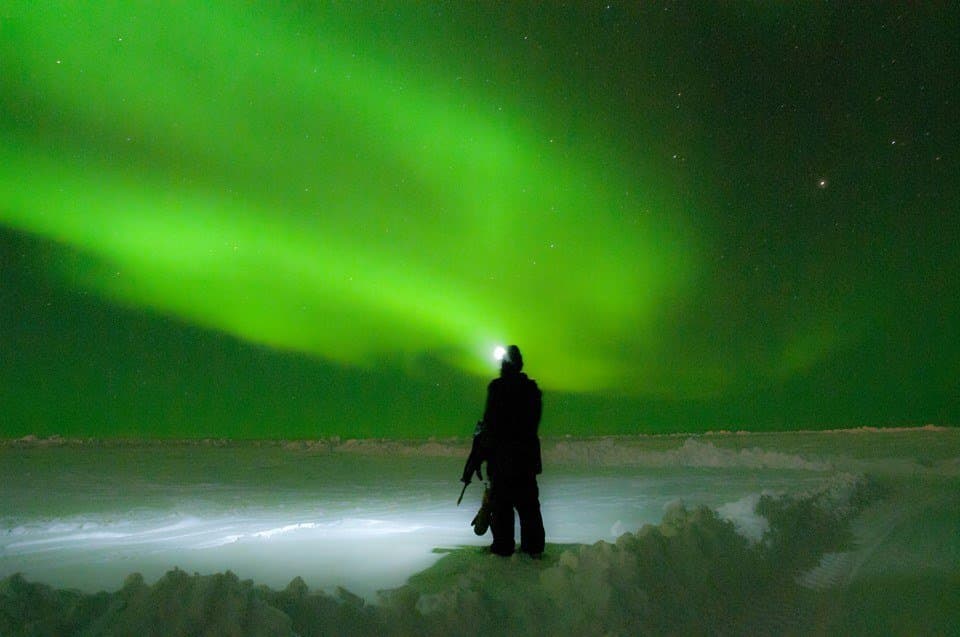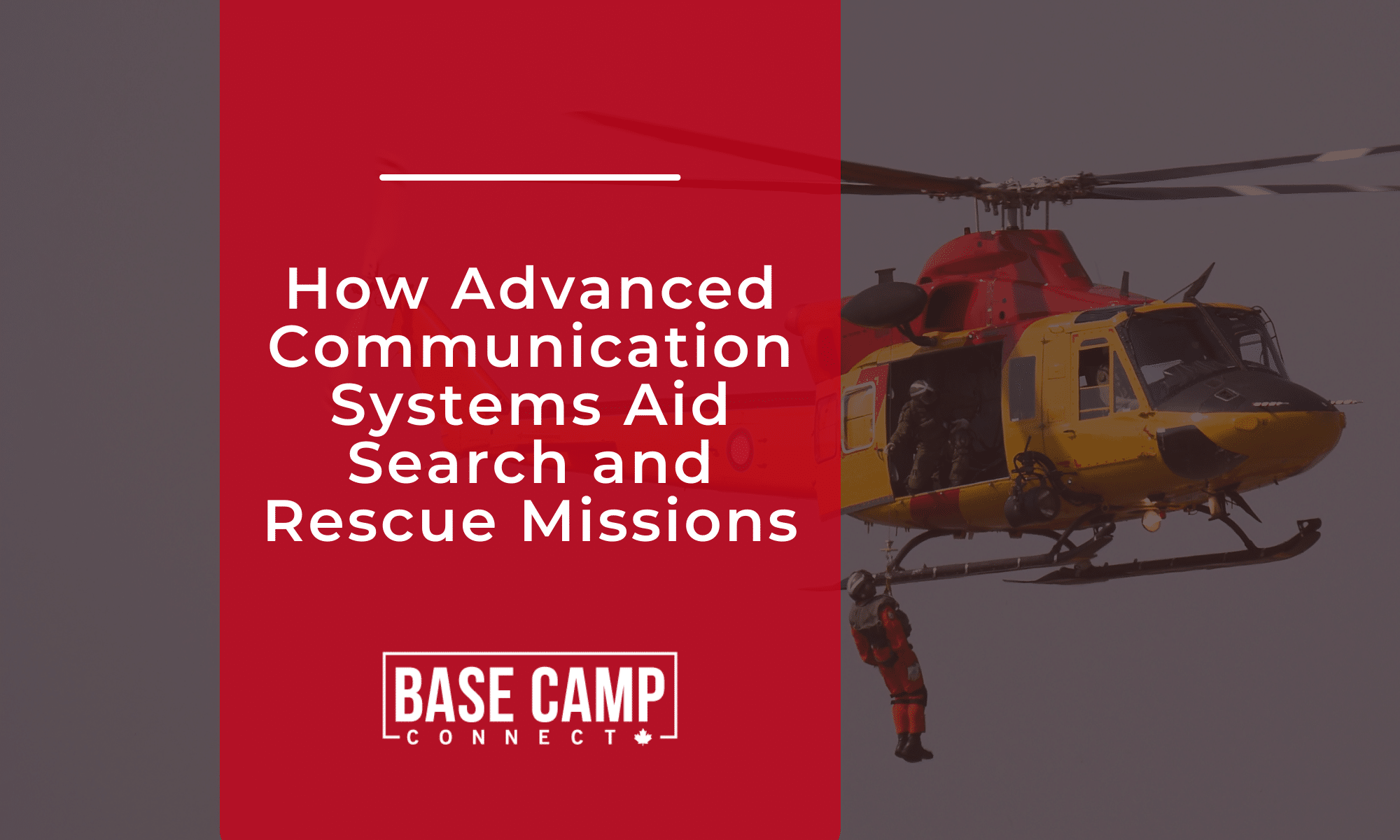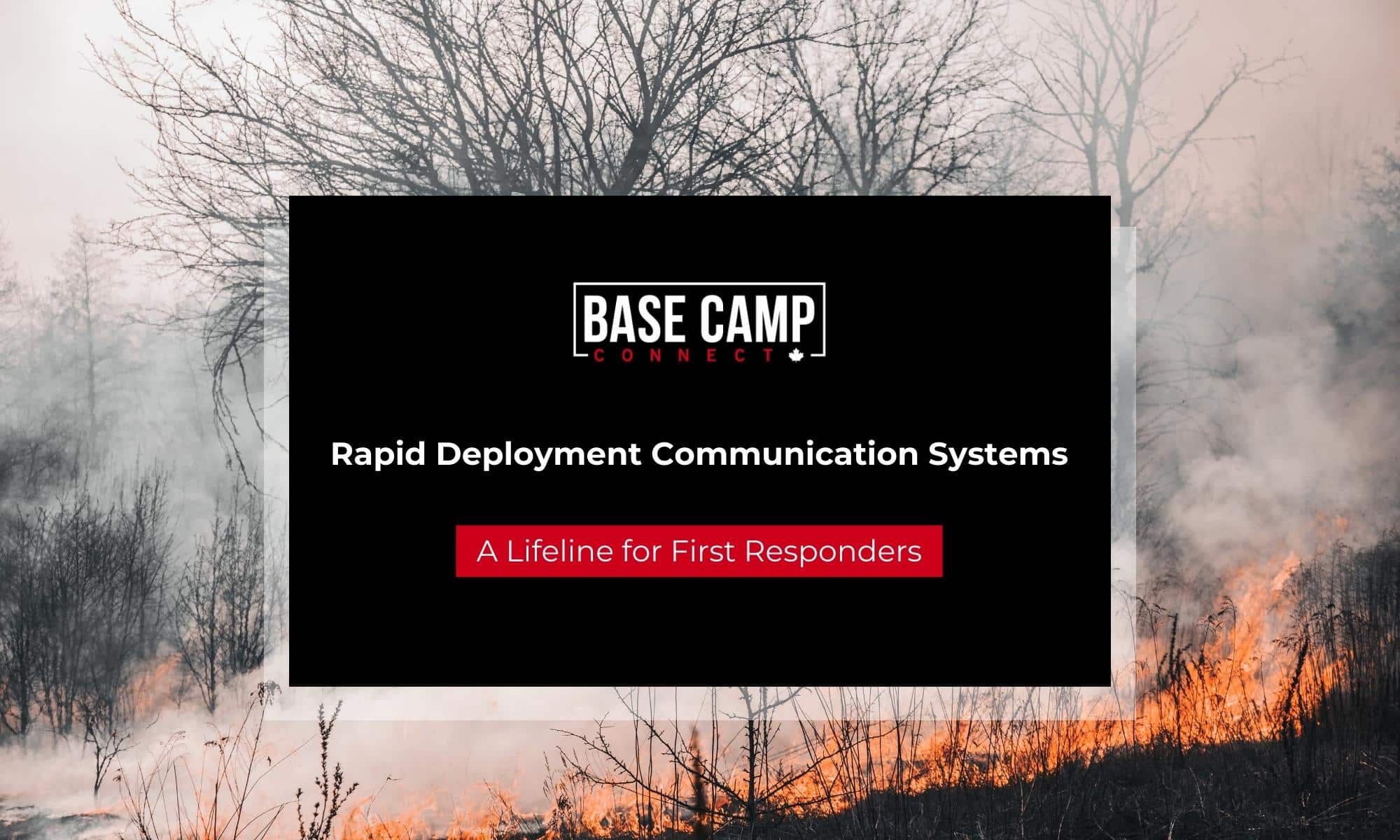Planning for an expedition to a remote area can be an organizational nightmare. Ensuring you have prepared for every possible contingency before leaving is incredibly stressful. Identifying the goals for your mission, making sure you have the proper equipment to complete the task, and knowing how to pull it all off logistically can be daunting.
Often, one of the most challenging things to prepare for is how you will communicate with your team and those supporting your team. Communications gear tends to be some of the more complex pieces of equipment required for expeditions into remote regions.
If you are about to embark on an expedition or believe you may someday be in that position, and are looking for advice, you have come to the right place. Our team has operated in some of the most remote areas of the planet, such as the Arctic Circle. Based on our collective experiences, we would like to share some of the lessons we have learned in our adventures in hopes you can be better prepared for yours.
If you have not read our blog post Operating in the Polar Environnement yet, check it out to learn more about remote expeditions!

Image: Northern Lights from a training exercise in the Arctic Circle
Setting Expedition Goals
The first and perhaps most crucial step is identifying the purpose and objectives of your expedition. A journey into the remote corners of the globe must have clear and achievable goals. With that in mind, identifying the expedition’s goals is your first task.
Make sure the goals for your expedition are specific and achievable. Vague goals make planning challenging. If your goals are specific, you will also make it much easier to select the best team members for the expedition and the necessary equipment. One of the best tools for identifying goals is the SMART method. SMART stands for Specific, Measurable, Achievable, Relevant, and Time-Bound. Let us look at the SMART method in a little more detail.
Specific refers to the classic 5Ws of who, what, when, where, and why. The best answers to these questions typically come from a trusted and experienced team instead of an individual. Brainstorming is an excellent technic during this step.
How will you track your goals? Measurable goals are linked to milestones and trackable data. A poor example of a measurable goal would be to report your team’s progress. A good example could be to have team leaders complete situational reports once every 24 hours.
The SMART method’s achievable step is where choosing the right people for your expedition comes into play. Accomplishing a goal requires skills and experience as well as the right equipment. For example, you may identify that you will use satellite communications. To make this goal achievable, you will need to identify the right satellite network for your situation and have personnel on your team to operate the equipment that connects with these networks.

Image: Lake Ortona, Quebec.
The relevant step helps to make sure the goal fits your expedition’s objectives. Think of why you are going to this remote location and if the goal you have created supports that purpose. If there is any question about whether or not the goal is relevant, you probably need to redefine the goal.
Finally, time-bound goals establish a beginning and end to when the goal must be achieved. If your expedition will only last two weeks, it makes little sense to create a goal that will take a month to complete.
Using the SMART method is the best way to begin planning your expedition and identify the skill sets and experience levels you will need from your team.
Logistical Considerations
Remote expeditions require expert logistical organization. Most expeditions can be broken up into four phases. In chronological order, these include the preparation phase, movement to the remote location, operations within the remote area, and returning home. Each step has its own logistical challenges.
During the preparation phase, consider planning for the basic needs to sustain life and the specific conditions that support the expedition’s purpose. Food, shelter, warmth, and water will be requirements no matter what environment you are in. Resupply should be a constant concern of yours.
Some locations will present you and your team with extreme weather conditions that make it difficult or, at times, impossible to resupply. For this reason, plan to always keep at least three to four days of essential supplies on hand. You may need to consider staging supplies throughout your area of operations. If this is necessary, make sure supplies are well guarded against tampering or theft by people and animals.
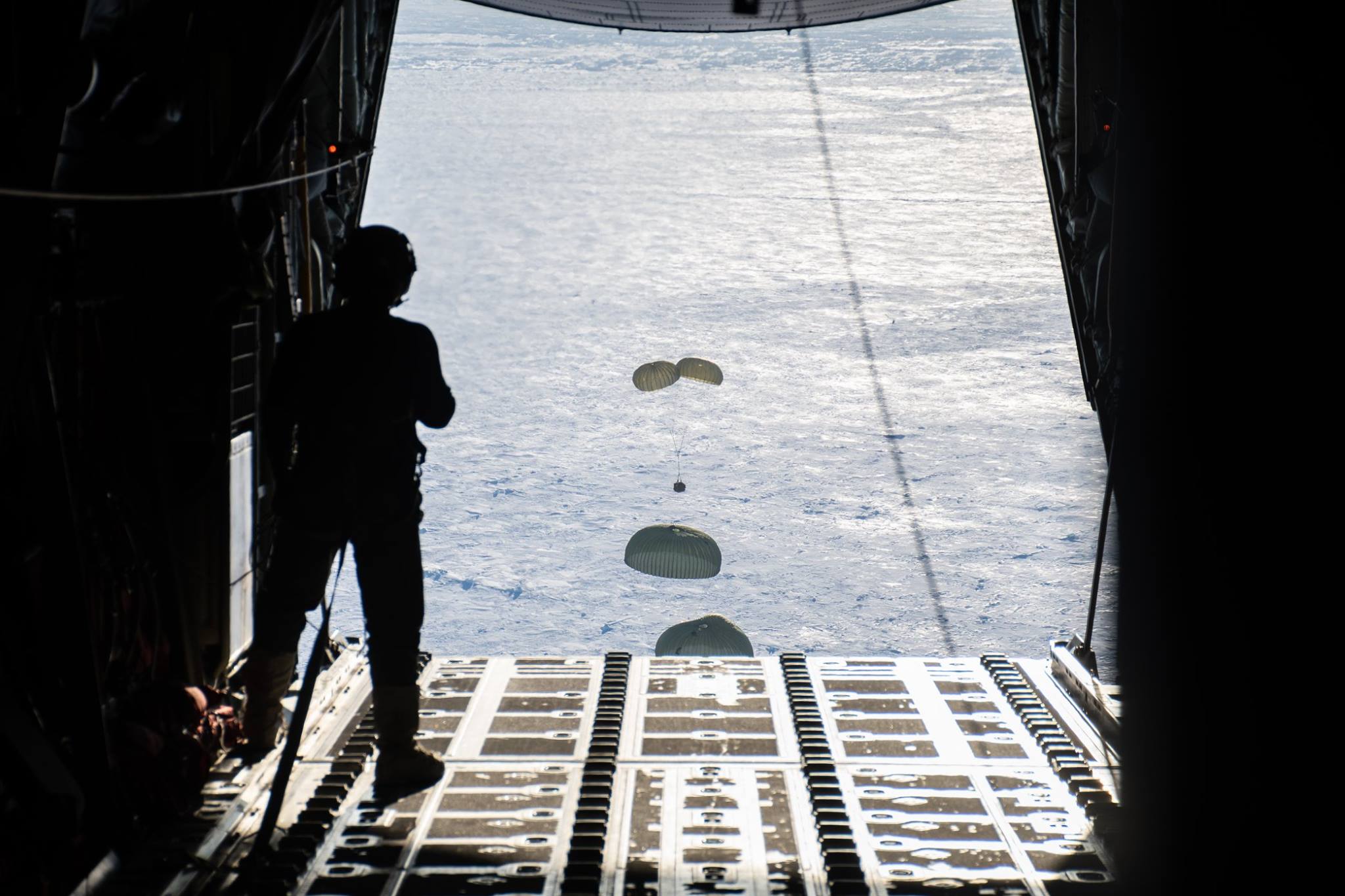
Image: Nordic Warrior Training in Resolute Bay, Little Cornwallis, and Polaris in Nunavut.
Your people and equipment’s movement to and from your destination can be a complicated and costly endeavor. It may be good to employ the expertise of a third-party logistics provider during these phases. If you handle this on your own, reach out to others who have traveled to your destination or similar locations. They will be able to highlight some of the unique challenges you may not be aware of.
Once you arrive in your area of operations, establishing communications and shelters should be a priority. Planning for the worse and hoping for the best is an excellent mindset to have. There is always the chance that some of the gear you bring will become lost or damaged enroute to your final destination. A good mitigating tool for this is to build redundancies into your plan. This is especially true if the gear is critically important to complete one or more of the goals you identified during the planning phase.
When it comes to planning for the logistics of your expedition, it is almost impossible to over plan.
Communications
When working in remote areas, it is difficult to imagine operating safely and efficiently without the right communications equipment. In many ways, your expedition’s success will rely heavily on the effectiveness of your communications ecosystem. For this reason, it is best to look for ruggedized gear capable of operating in extreme conditions.
Besides making sure the equipment is ruggedized, we recommend looking at your needs for voice communications, data, and radio interoperability. Each of these needs has special considerations that will help you select the best gear for your mission when paired with your objectives.
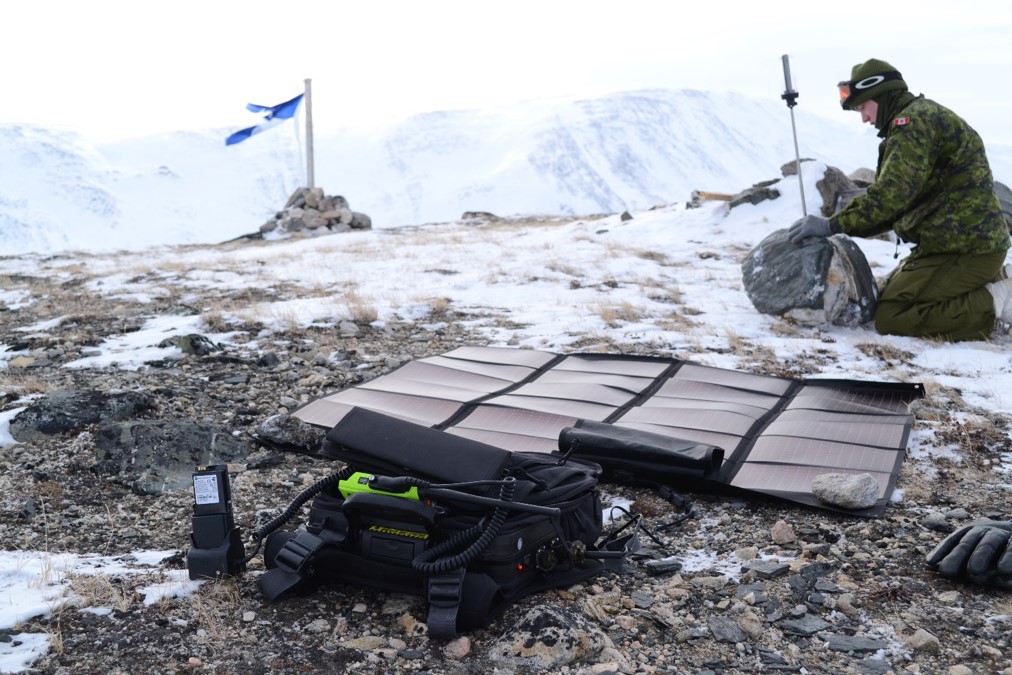
Image: Resolute Bay during Op Nanook.
Voice communications will most likely be a combination of several different devices. Standard equipment types include cordless units, IP-based systems, digital and analog phones, radios, and softphones. Ensuring your devices can all work together is vitally important. This is precisely the reason why each Base Camp Connect is built to incorporate all your devices. Our systems link the conversations to Telecommunications Service Providers (TSP) & Internet Service Providers (ISP), switching automatically depending on network availability.
The ability to transmit and receive data is also mission-critical when on remote expeditions. Your equipment should recognize a wide range of networks to provide you uninterrupted access to data regardless of where you are. The Base Camp Connect product line offers several options capable of recognizing Public/Private LTE, FirstNet, WiFi to WAN, Fiber, Satellite, DSL and Mesh/Microwave, and other networks.
Do not forget to consider the importance of radio interoperability. Many times, operating in remote areas is a multiagency endeavor. Systems such as our BCC-Tactical allow for cross-band communications in standard and encrypted modes, with any radio type, brand, and model.
If you would like assistance in selecting the best communications gear for your team’s next mission, we are ready to assist you via phone, email, and 24/7 emergency support.
Some of the more challenging yet vitally important work occurs in remote regions. Whether it is for exploration, the expansion of commerce and technology, or studying the effects of climate change, people will continue to operate in the extremes. We hope that if you are among those preparing for an expedition, our advice has moved you a little closer to having a successful journey.










